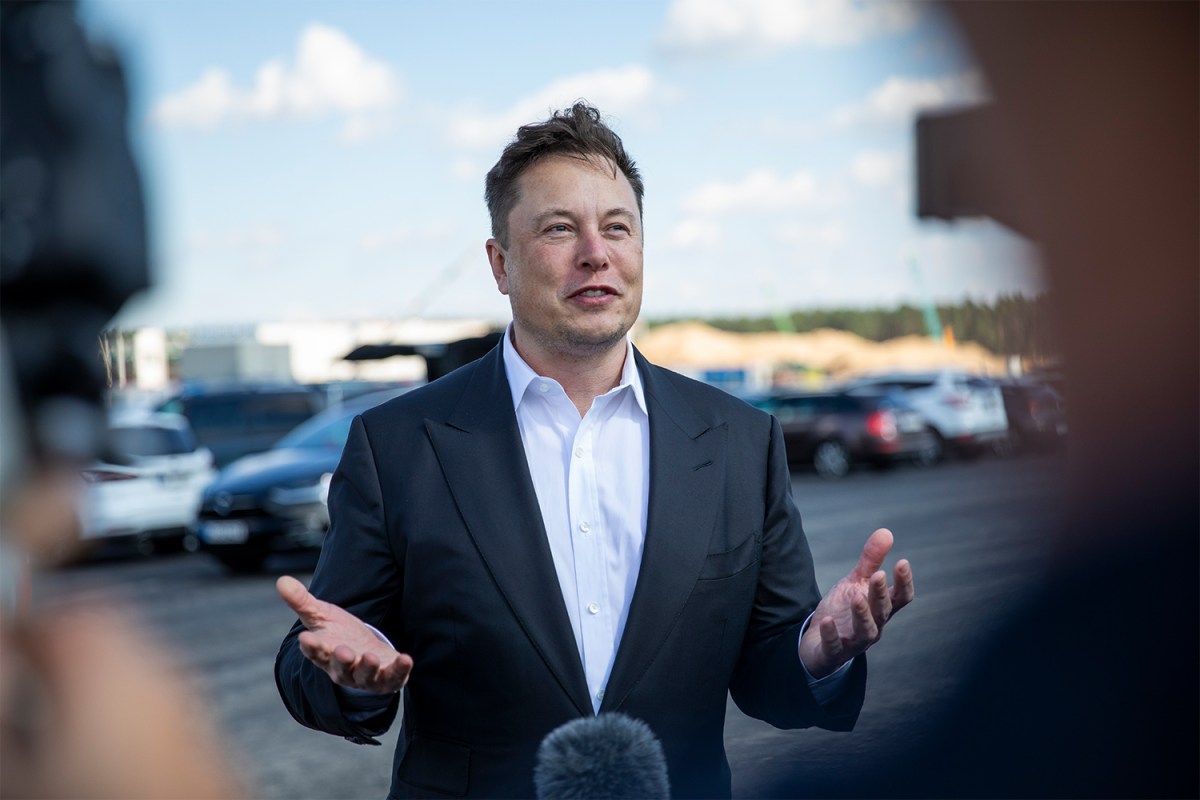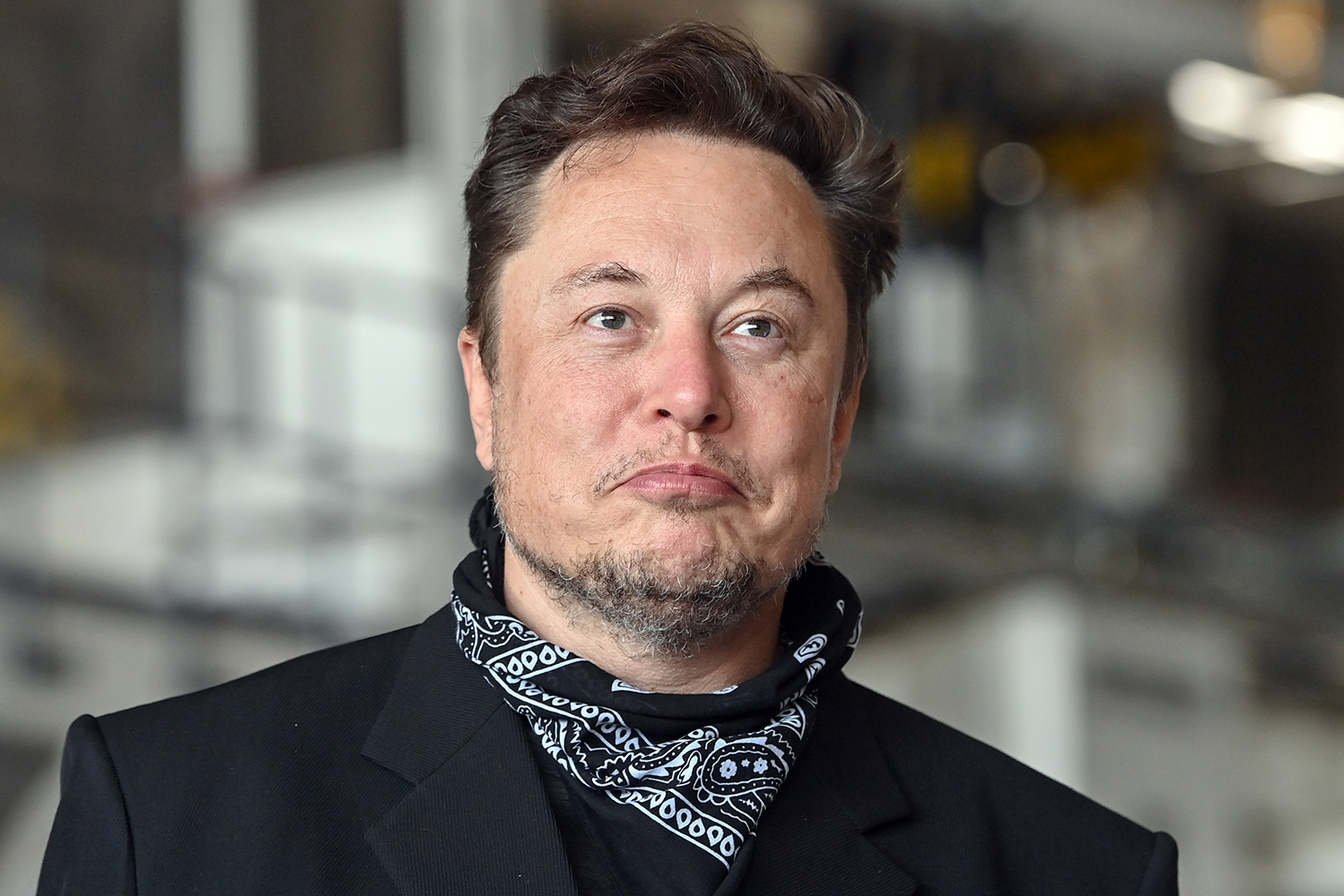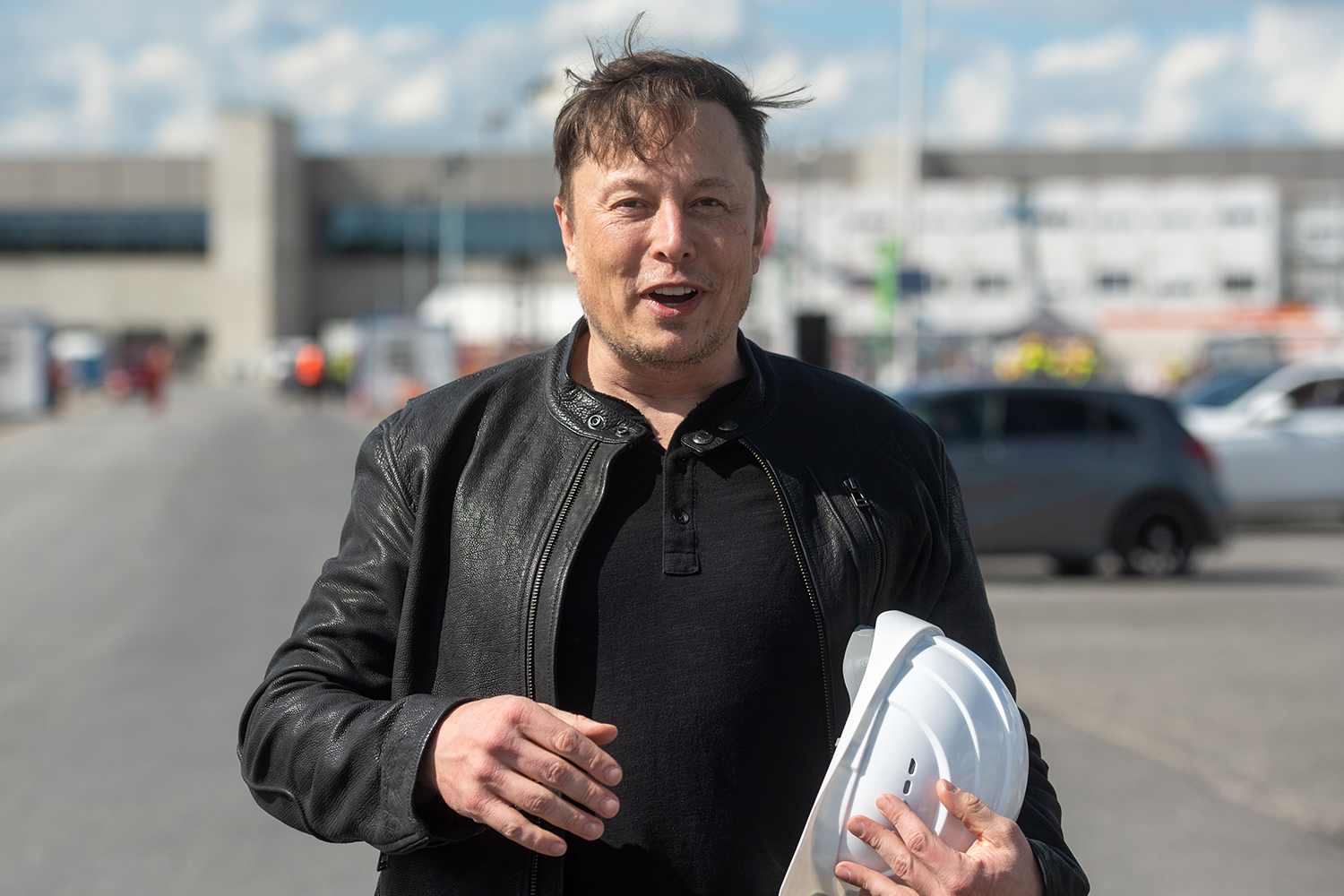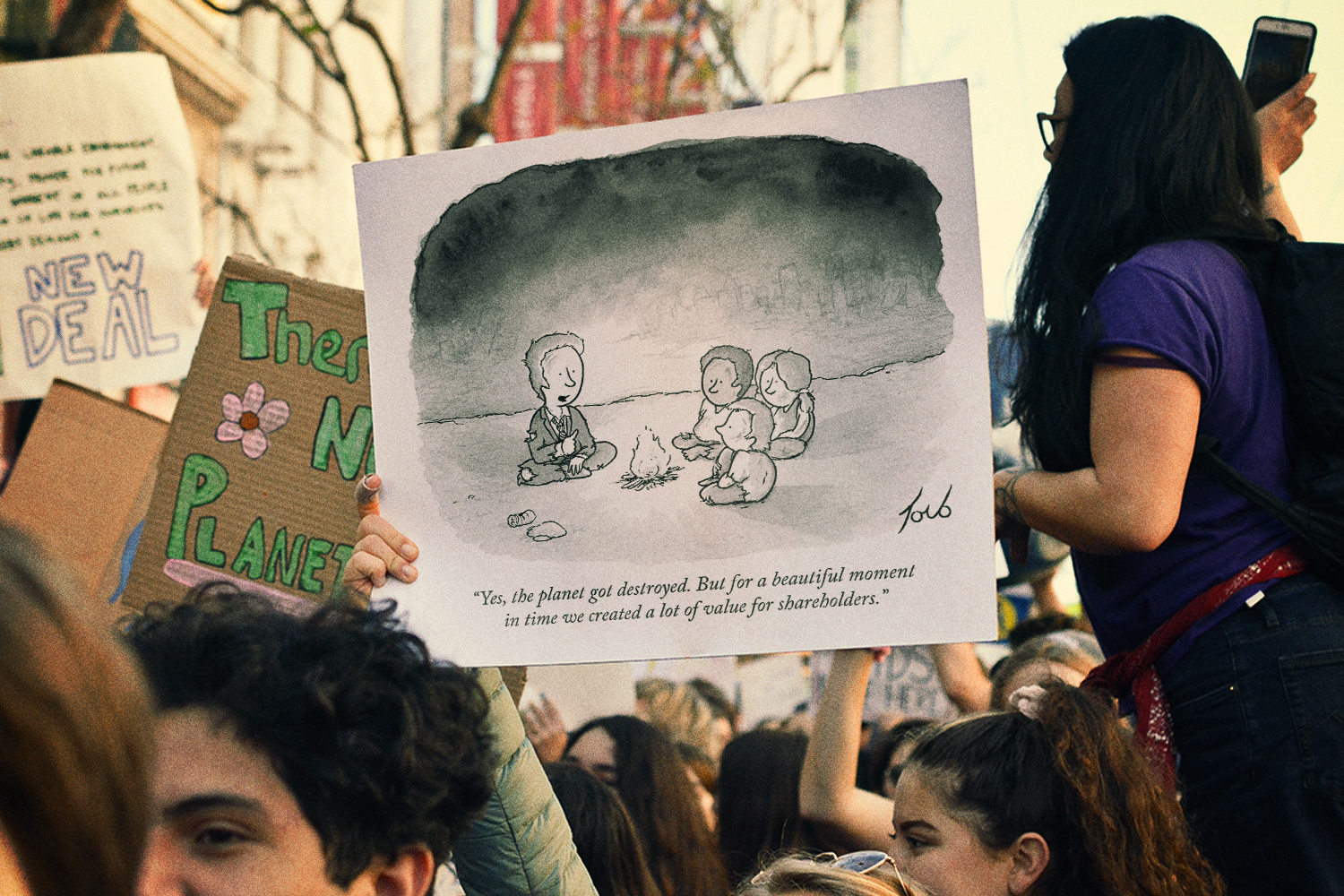The two biggest issues discussed during the COP26 climate summit were cutting greenhouse gas emissions and preparing for the effects of climate change we’ve already seen, and which will get worse. But there’s a third bracket of climate action that is being seen as more essential by the day: removing carbon dioxide from the atmosphere.
In April, Tesla and SpaceX CEO Elon Musk called attention to this issue by launching the $100 million XPrize Carbon Removal contest, a four-year initiative funded by the Musk Foundation that is offering cash prizes to those developing ways to trap carbon dioxide and “lock it away permanently in an environmentally benign way.” This month, XPrize announced the first winners: 23 different groups who will receive a total of $5 million to develop their various proposals.
These first recipients are all student-led teams hailing from 10 different countries. As XPrize explains, this initial prize money is being awarded “to remove barriers to entry for those interested in the main competition.” In essence, while there are a number of high-profile carbon removal companies that will no doubt be vying for the big prize here ($50 million for the grand prize, $30 million split between up to three runners-up), this competition wants to give a boost to potentially groundbreaking student concepts that wouldn’t normally have the necessary funding to bring their ideas to life.
That’s what the Carbon Removal competition is all about: real-world results. When the prize was announced in February, Musk said, “This is not a theoretical competition; we want teams that will build real systems that can make a measurable impact and scale to a gigaton level. Whatever it takes. Time is of the essence.” XPrize, a nonprofit with big names like James Cameron, Richard Garriott, Arianna Huffington and Larry Page on its board of trustees, has been using this prize model to inspire solutions to the biggest problems facing humanity for years.
XPrize has the full list of the first winners, 18 of which will be awarded up to $250,000 for carbon removal projects and five of which will receive up to $100,000 for measurement, reporting and verification technologies that could support carbon removal. Here are a few of the proposals:
- Blue Symbiosis, University of Tasmania: Repurposing off-shore oil and gas rigs to grow seaweed in order to extract carbon from the oceans.
- Bison Underground, University of Oklahoma: This sustainable farming project looks to remove atmospheric carbon and then use it to restore depleted organic matter like agricultural soils.
- Carbon Down Under, Southern Illinois University Carbondale: This new way of dealing with biomass waste (food waste, leaves, lawn clippings) looks to liquefy it then store it underground where microbes will consumer and sequester it.
- Carbon to construction, University of Wisconsin – Madison: Starting with a direct air capture (DAC) unit, this team hopes to turn CO2 into limestone particles that can be upcycled into construction materials.
- BECReative Energy, Mississippi State: Another biomass project, the idea here is to convert it to synthesis gas, capture the CO2 and store it underground, and use separated hydrogen for things like electricity or fuel.
A total of 195 proposals were considered for these 23 prizes, so these teams can feel proud of their work. Now comes the hard part, something that even well-funded companies have had a hard time doing: proving carbon sequestration can work in the real world on a large enough scale to have an impact.
Thanks for reading InsideHook. Sign up for our daily newsletter and be in the know.


















